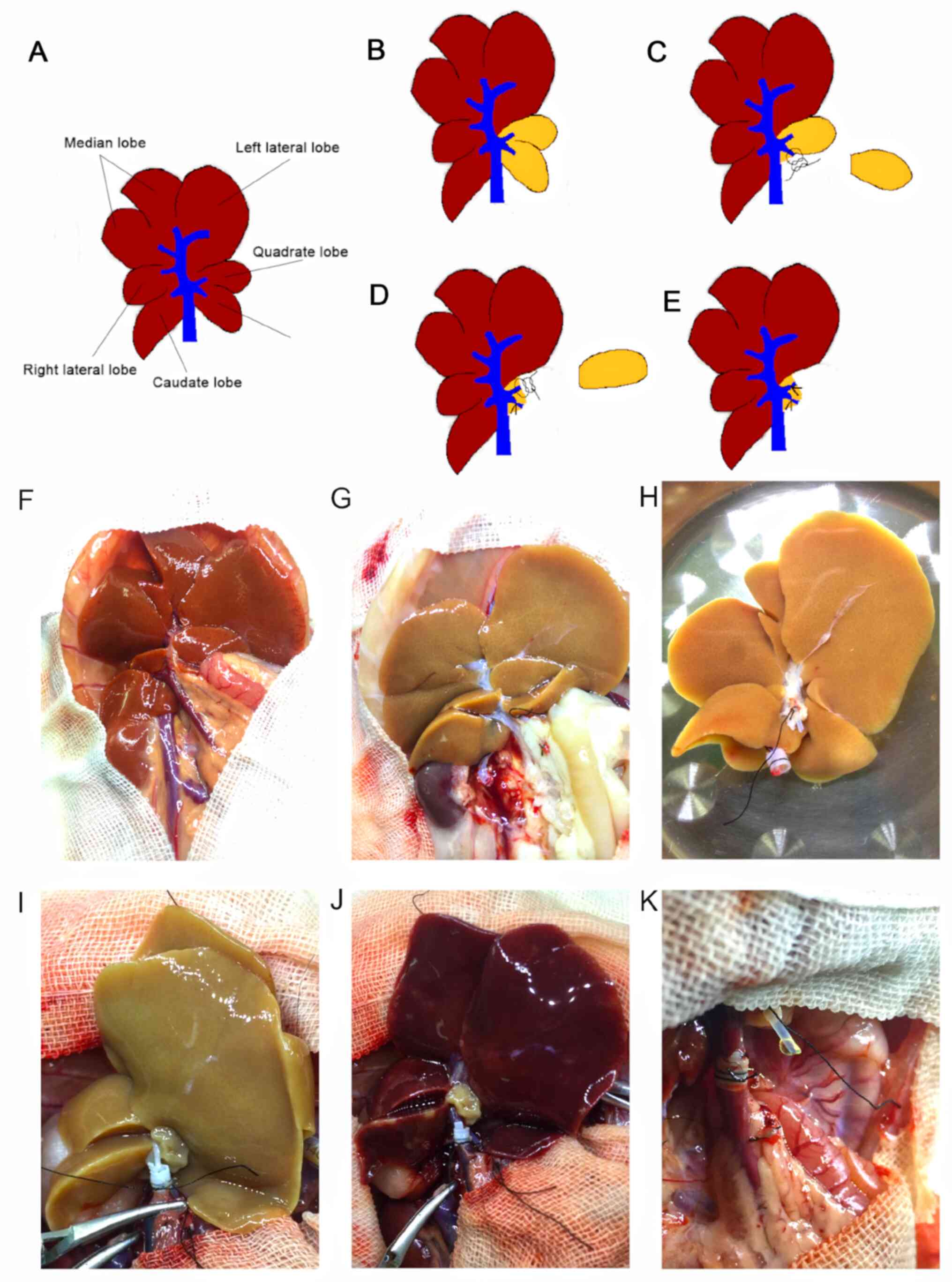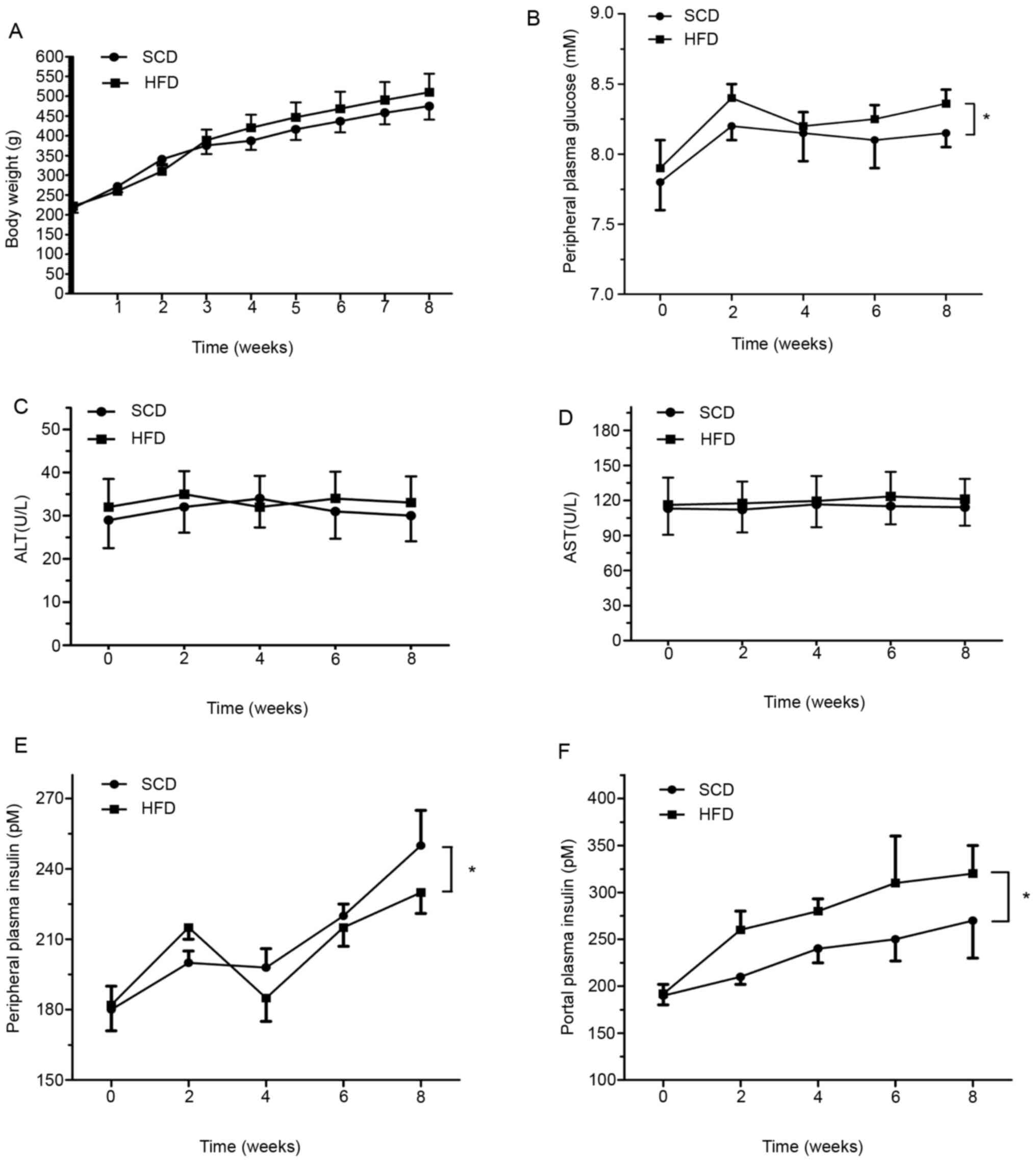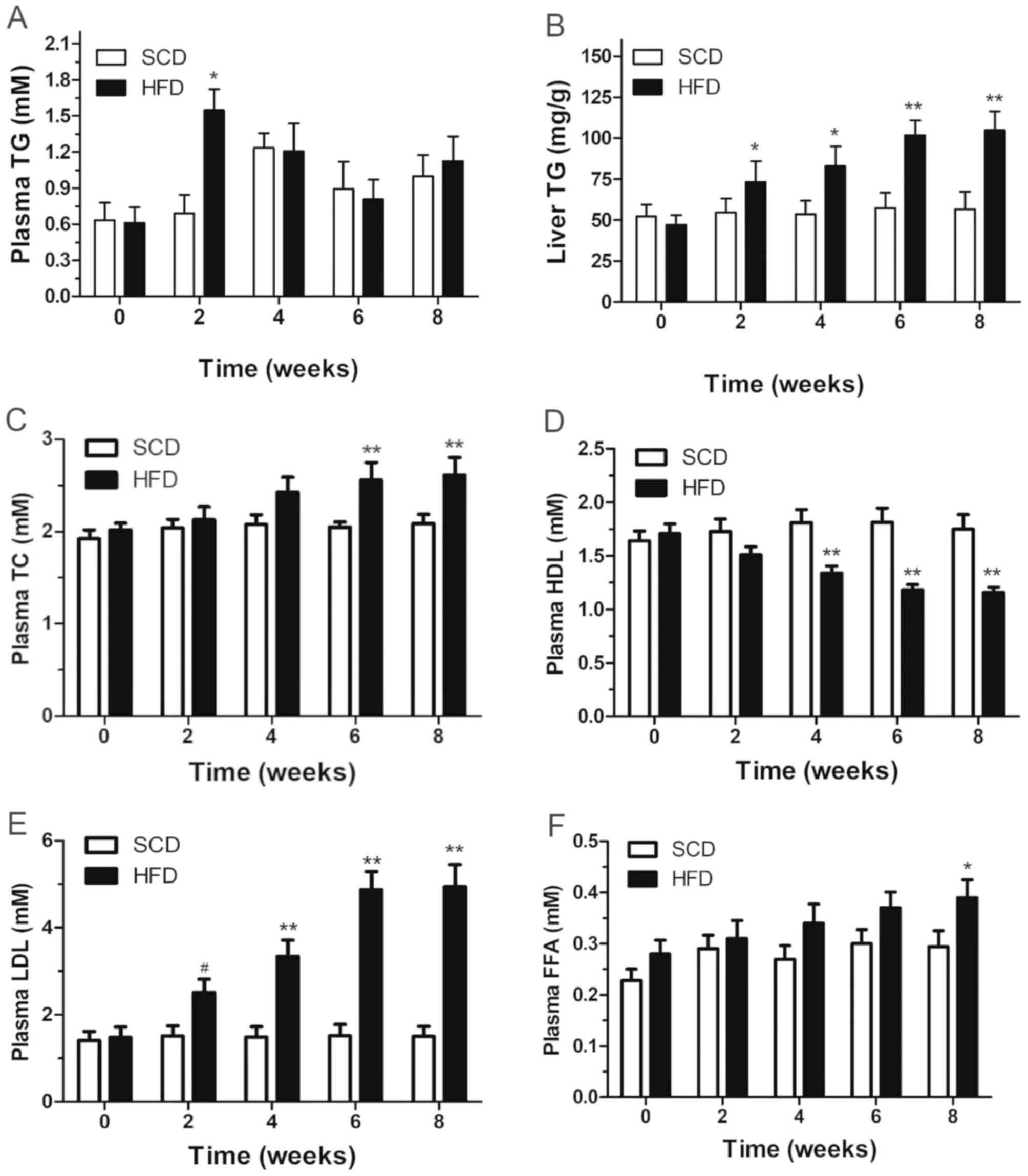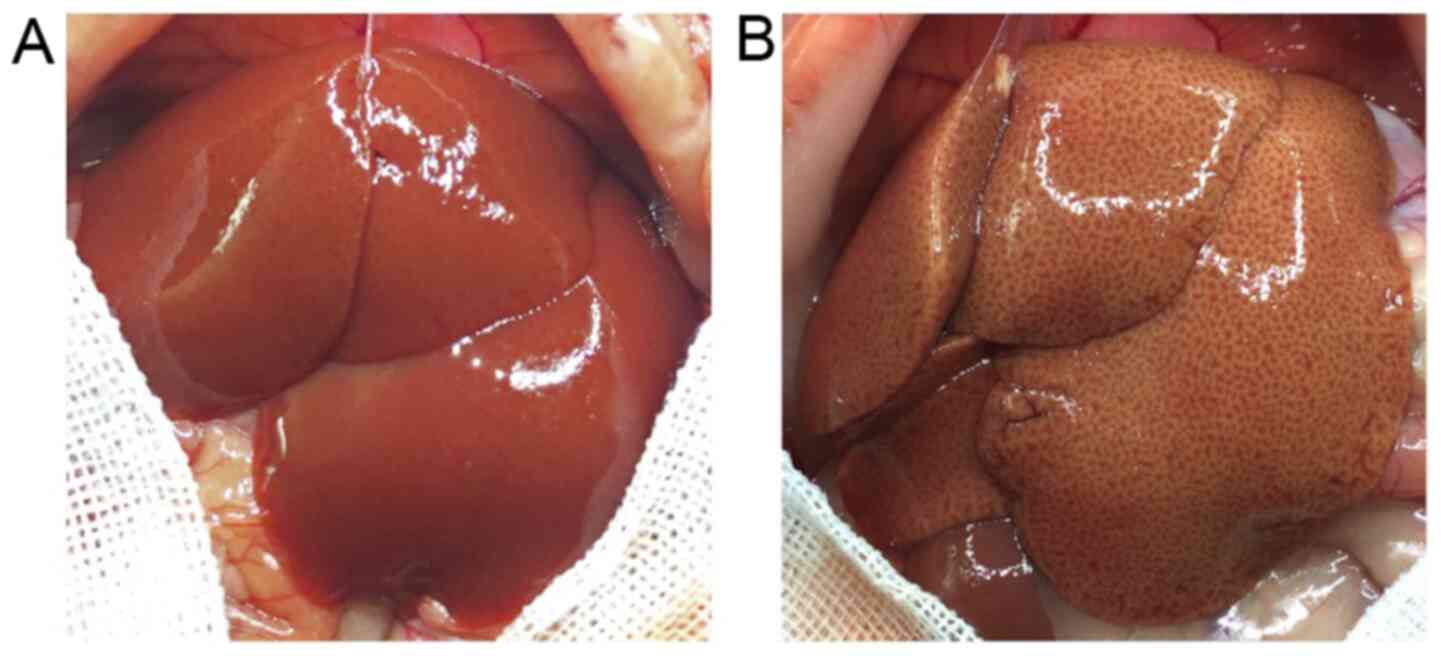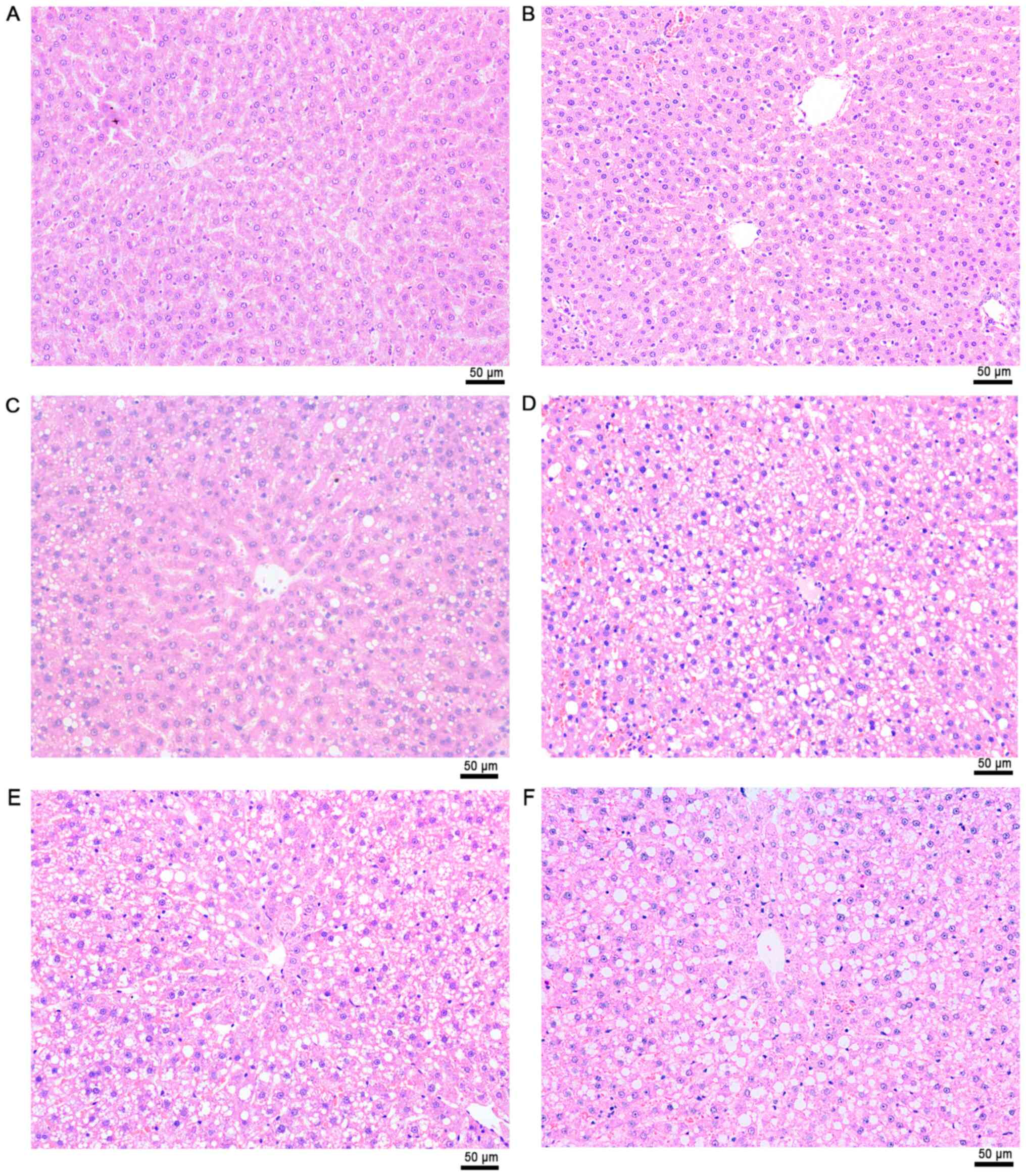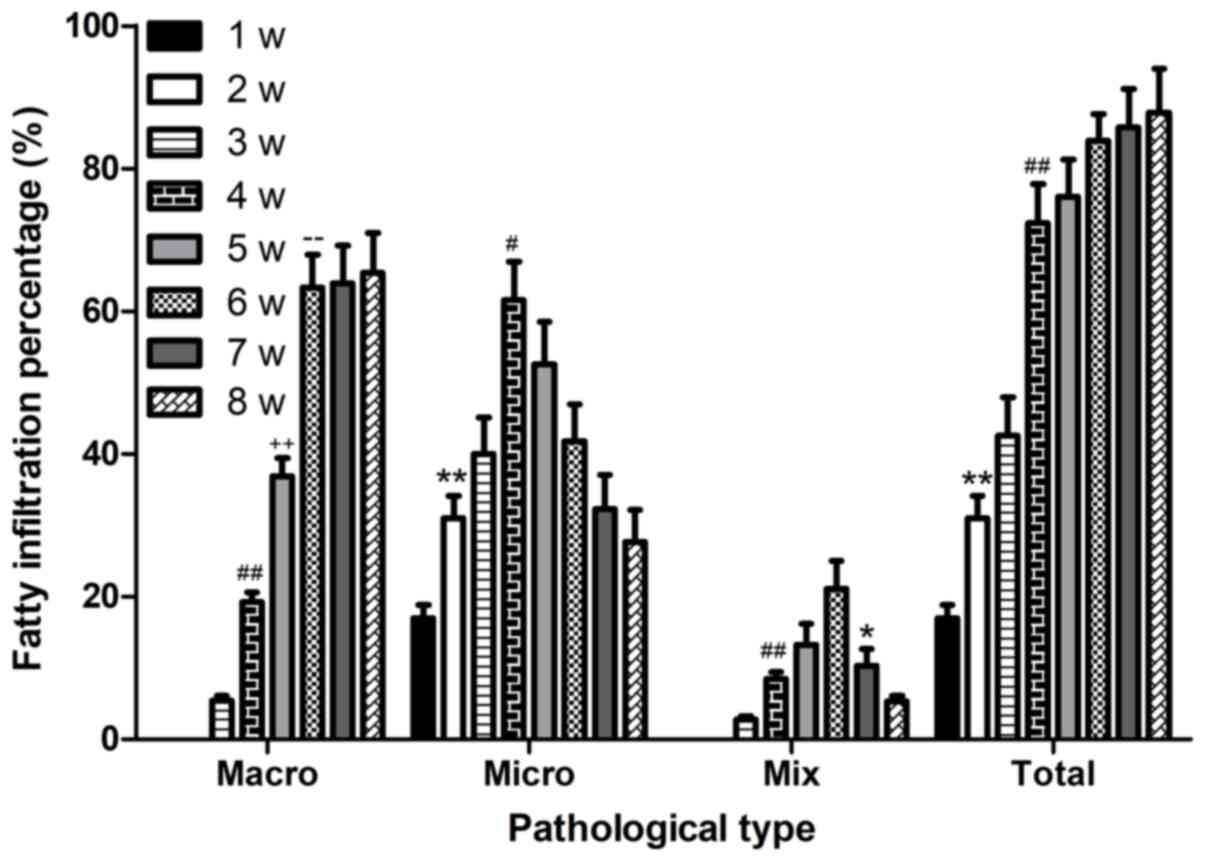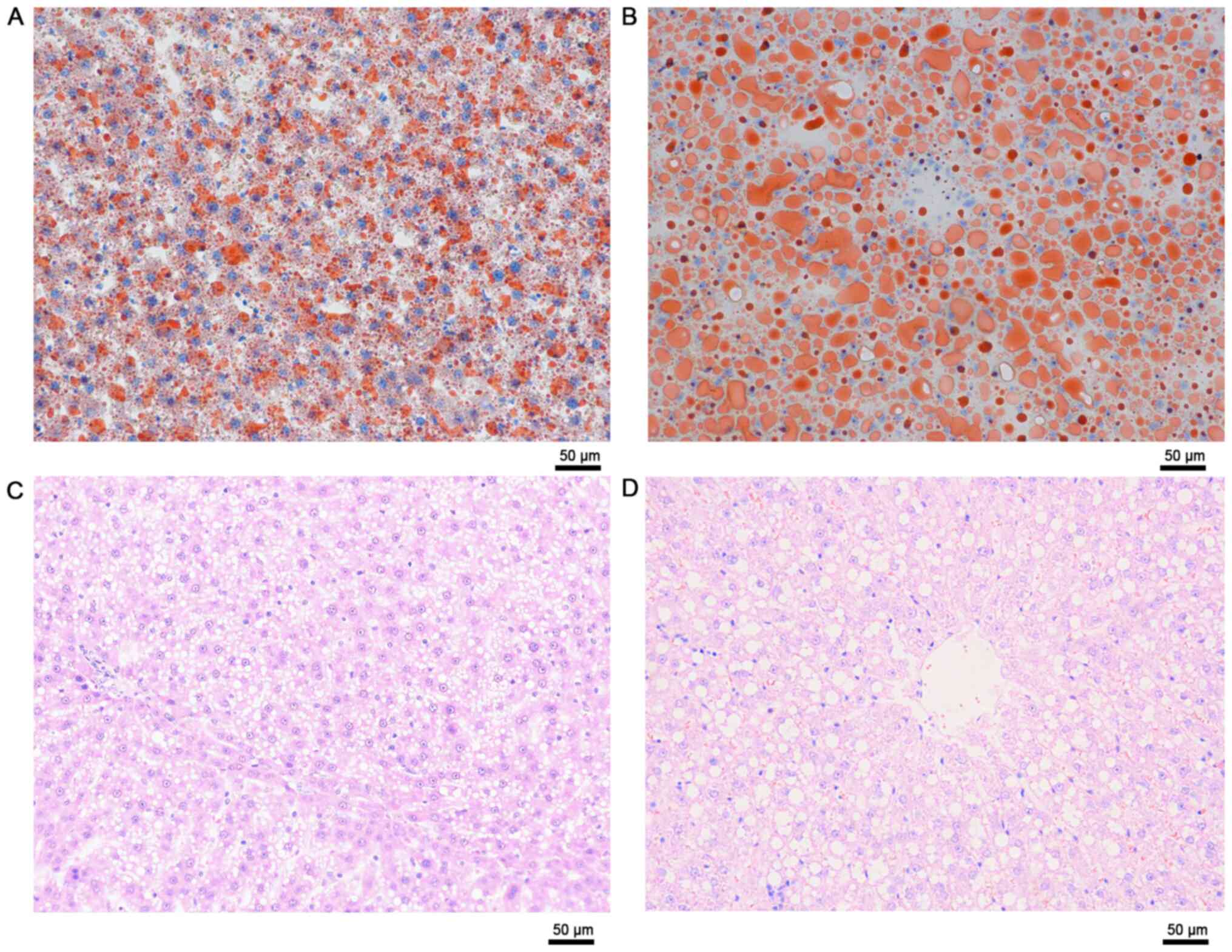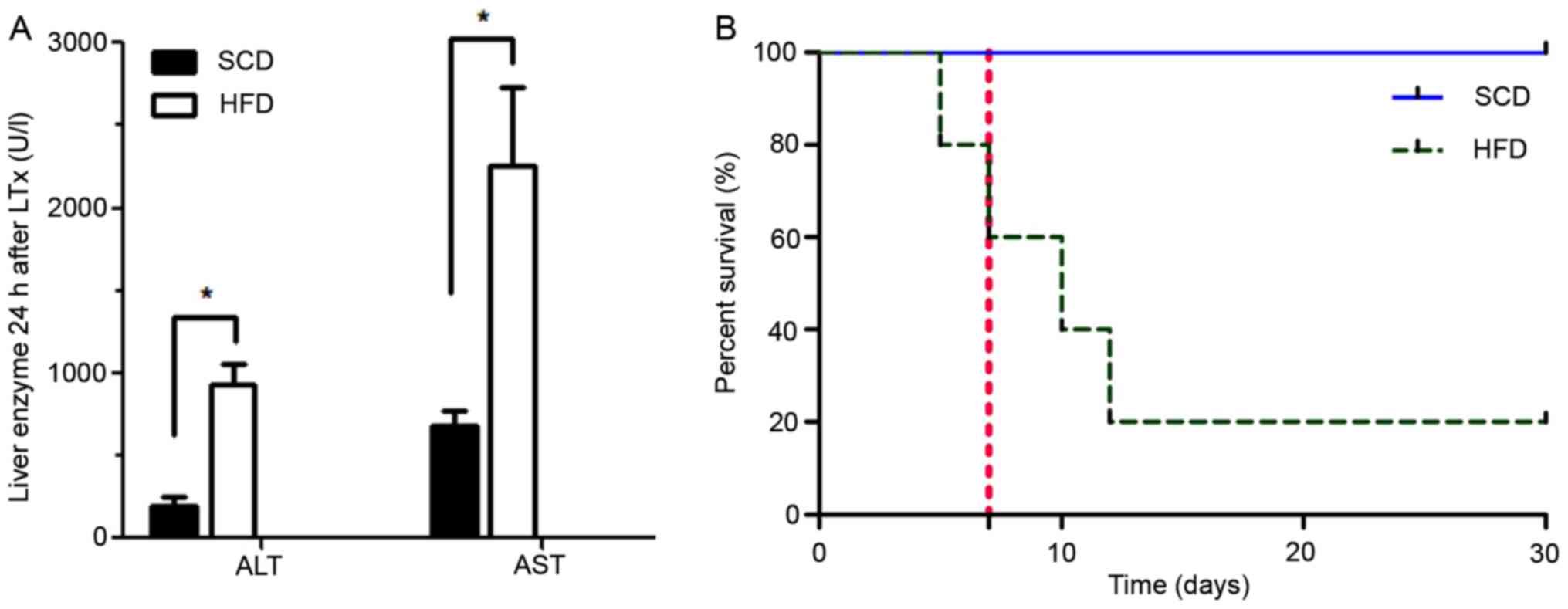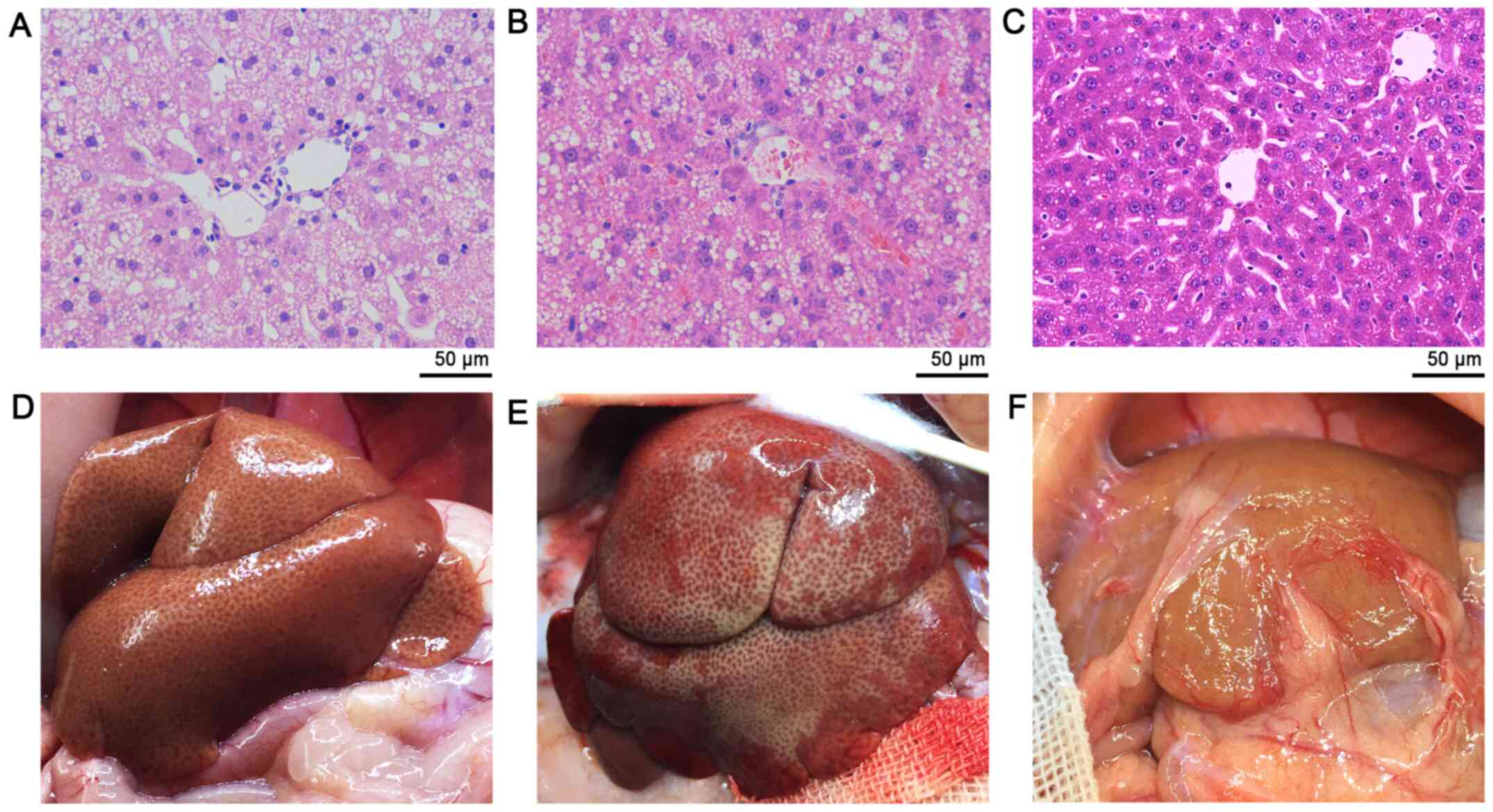|
1
|
Starzl TE, Marchioro TL, Von Kaulla KN,
Hermann G, Brittain RS and Waddell WR: Homotransplantatin of the
liver in humans. Surg Gynecol Obstet. 117:659–676. 1963.PubMed/NCBI
|
|
2
|
Wolfe RA, Merion RM, Roys EC and Port FK:
Trends in organ donation and transplantation in the United States,
1998-2007. Am J Transplant. 9:869–878. 2009.PubMed/NCBI View Article : Google Scholar
|
|
3
|
Wertheim JA, Petrowsky H, Saab S,
Kupiec-Weglinski JW and Busuttil RW: Major challenges limiting
liver transplantation in the United States. Am J Transplant.
11:1773–1784. 2011.PubMed/NCBI View Article : Google Scholar
|
|
4
|
Durand F, Renz JF, Alkofer B, Burra P,
Clavien PA, Porte RJ, Freeman RB and Belghiti J: Report of the
Paris consensus meeting on expanded criteria donors in liver
transplantation. Liver Transpl. 14:1694–1707. 2008.PubMed/NCBI View
Article : Google Scholar
|
|
5
|
Berg CL, Steffick DE, Edwards EB, Edwards
EB, Heimbach JK, Magee JC, Washburn WK and Mazariegos GV: Liver and
intestine transplantation in the United States 1998-2007. Am J
Transplant. 9:907–931. 2009.PubMed/NCBI View Article : Google Scholar
|
|
6
|
Henry SD and Guarrera JV: Protective
effects of hypothermic ex vivo perfusion on ischemia/reperfusion
injury and transplant outcomes. Transplant Rev (Orlando).
26:163–175. 2012.PubMed/NCBI View Article : Google Scholar
|
|
7
|
Briceño J, Marchal T, Padillo J, Solórzano
G and Pera C: Influence of marginal donors on liver preservation
injury. Transplantation. 74:522–526. 2002.PubMed/NCBI View Article : Google Scholar
|
|
8
|
Salizzoni M, Franchello A, Zamboni F,
Ricchiuti A, Cocchis D, Fop F, Brunati A and Cerutti E: Marginal
grafts: Finding the correct treatment for fatty livers. Transpl
Int. 16:486–493. 2003.PubMed/NCBI View Article : Google Scholar
|
|
9
|
Tekin K, Imber CJ, Atli M, Gunson BK,
Bramhall SR, Mayer D, Buckels JA, McMaster P and Mirza DF: A simple
scoring system to evaluate the effects of cold ischemia on marginal
liver donors. Transplantation. 77:411–416. 2004.PubMed/NCBI View Article : Google Scholar
|
|
10
|
Cameron A and Busuttil RW: AASLD/ILTS
transplant course: Is there an extended donor suitable for
everyone? Liver Transpl. 11 (suppl 2):S2–S5. 2005.PubMed/NCBI View
Article : Google Scholar
|
|
11
|
Shaker M, Tabbaa A, Albeldawi M and
Alkhouri N: Liver transplantation for nonalcoholic fatty liver
disease: New challenges and new opportunities. World J
Gastroenterol. 20:5320–5330. 2014.PubMed/NCBI View Article : Google Scholar
|
|
12
|
Rinella ME: Nonalcoholic fatty liver
disease: A systematic review. JAMA. 313:2263–2273. 2015.PubMed/NCBI View Article : Google Scholar
|
|
13
|
Browning JD, Szczepaniak LS, Dobbins R,
Nuremberg P, Horton JD, Cohen JC, Grundy SM and Hobbs HH:
Prevalence of hepatic steatosis in an urban population in the
United States: Impact of ethnicity. Hepatology. 40:1387–1395.
2004.PubMed/NCBI View Article : Google Scholar
|
|
14
|
Neuschwander-Tetri BA and Caldwell SH:
Nonalcoholic steatohepatitis: Summary of an AASLD Single topic
conference. Hepatology. 37:1202–1219. 2003.PubMed/NCBI View Article : Google Scholar
|
|
15
|
Ruhl CE and Everhart JE: Fatty liver
indices in the multiethnic united states national health and
nutrition examination survey. Aliment Pharmacol Ther. 41:65–76.
2015.PubMed/NCBI View Article : Google Scholar
|
|
16
|
Sanyal AJ: American Gastroenterological
Association. AGA technical review on nonalcoholic fatty liver
disease. Gastroenterology. 123:1705–1725. 2002.PubMed/NCBI View Article : Google Scholar
|
|
17
|
McCormack L, Dutkowski P, El-Badry AM and
Clavien PA: Liver transplantation using fatty livers: Always
feasible? J Hepatol. 54:1055–1062. 2011.PubMed/NCBI View Article : Google Scholar
|
|
18
|
Ploeg RJ, D'Alessandro AM, Knechtle SJ,
Stegall MD, Pirsch JD, Hoffmann RM, Sasaki T, Sollinger HW, Belzer
FO and Kalayoglu M: Risk factors for primary dysfunction after
liver transplantation-a multivariate analysis. Transplantation.
55:807–813. 1993.PubMed/NCBI View Article : Google Scholar
|
|
19
|
Busuttil RW and Tanaka K: The utility of
marginal donors in liver transplantation. Liver Transpl. 9:651–663.
2003.PubMed/NCBI View Article : Google Scholar
|
|
20
|
Selzner M and Clavien PA: Fatty liver in
liver transplantation and surgery. Semin Liver Dis. 21:105–113.
2001.PubMed/NCBI View Article : Google Scholar
|
|
21
|
Sun CK, Zhang XY, Zimmermann A, Davis G
and Wheatley AM: Effect of ischemia-reperfusion injury on the
microcirculation of the steatotic liver of the Zucker rat.
Transplantation. 72:1625–1631. 2001.PubMed/NCBI View Article : Google Scholar
|
|
22
|
Imber CJ, St Peter SD, Lopez I, Guiver L
and Friend PJ: Current practice regarding the use of fatty livers:
A trans- Atlantic survey. Liver Transpl. 8:545–549. 2002.PubMed/NCBI View Article : Google Scholar
|
|
23
|
El-Badry AM, Moritz W, Contaldo C, Tian Y,
Graf R and Clavien PA: Prevention of reperfusion injury and
microcirculatory failure in macrosteatotic mouse liver by omega-3
fatty acids. Hepatology. 45:855–863. 2007.PubMed/NCBI View Article : Google Scholar
|
|
24
|
Todo S, Demetris AJ, Makowka L, Teperman
L, Podesta L, Shaver T, Tzakis A and Starzl TE: Primary nonfunction
of hepatic allografts with preexisting fatty infiltration.
Transplantation. 47:903–905. 1989.PubMed/NCBI View Article : Google Scholar
|
|
25
|
Verran D, Kusyk T, Painter D, Fisher J,
Koorey D, Strasser S, Stewart G and McCaughan G: Clinical
experience gained from the use of 120 steatotic donor livers for
orthotopic liver transplantation. Liver Transpl. 9:500–505.
2003.PubMed/NCBI View Article : Google Scholar
|
|
26
|
Gabrielli M, Moisan F, Vidal M, Duarte I,
Jiménez M, Izquierdo G, Domínguez P, Méndez J, Soza A, Benitez C,
et al: Steatotic livers. Can we use them in OLTX? Outcome data from
a prospective baseline liver biopsy study. Ann Hepatol. 11:891–898.
2012.PubMed/NCBI
|
|
27
|
Spitzer AL, Lao OB, Dick AA,
Bakthavatsalam R, Halldorson JB, Yeh MM, Upton MP, Reyes JD and
Perkins JD: The biopsied donor liver: Incorporating macrosteatosis
into high-risk donor assessment. Liver Transpl. 16:874–884.
2010.PubMed/NCBI View
Article : Google Scholar
|
|
28
|
Kamada N and Calne RY: Orthotopic liver
transplantation in the rat. Technique using cuff for portal vein
anastomosis and biliary drainage. Transplantation. 28:47–50.
1979.PubMed/NCBI
|
|
29
|
Hijona E, Hijona L, Arenas JI and Bujanda
L: Inflammatory mediators of hepatic steatosis. Mediators Inflamm.
2010(837419)2010.PubMed/NCBI View Article : Google Scholar
|
|
30
|
Bligh EG and Dyer WJ: A rapid method of
total lipid extraction and purification. Can J Biochem Physiol.
37:911–917. 1959.PubMed/NCBI View
Article : Google Scholar
|
|
31
|
Lattouf R, Younes R, Lutomski D, Naaman N,
Godeau G, Senni K and Changotade S: Picrosirius red staining: A
useful tool to appraise collagen networks in normal and
pathological tissues. J Histochem Cytochem. 62:751–758.
2014.PubMed/NCBI View Article : Google Scholar
|
|
32
|
Mehlem A, Hagberg CE, Muhl L, Eriksson U
and Falkevall A: Imaging of neutral lipids by oil red O for
analyzing the metabolic status in health and disease. Nat Protoc.
8:1149–1154. 2013.PubMed/NCBI View Article : Google Scholar
|
|
33
|
Kleiner DE, Brunt EM, Van Natta M, Behling
C, Contos MJ, Cummings OW, Ferrell LD, Liu YC, Torbenson MS,
Unalp-Arida A, et al: Design and validation of a histological
scoring system for nonalcoholic fatty liver disease. Hepatology.
41:1313–1321. 2005.PubMed/NCBI View Article : Google Scholar
|
|
34
|
de Rougemont O, Breitenstein S, Leskosek
B, Weber A, Graf R, Clavien PA and Dutkowski P: One hour
hypothermic oxygenated perfusion (HOPE) protects nonviable liver
allografts donated after cardiac death. Ann Surg. 250:674–683.
2009.PubMed/NCBI View Article : Google Scholar
|
|
35
|
Corominas J, Marchesi JA, Puig-Oliveras A,
Revilla M, Estellé J, Alves E, Folch JM and Ballester M: Epigenetic
regulation of the ELOVL6 gene is associated with a major QTL effect
on fatty acid composition in pigs. Genet Sel Evol.
47(20)2015.PubMed/NCBI View Article : Google Scholar
|
|
36
|
Tuvdendorj D, Zhang XJ, Chinkes DL, Wang
L, Wu Z, Rodriguez NA, Herndon DN and Wolfe RR: Triglycerides
produced in the livers of fasting rabbits are predominantly stored
as opposed to secreted into the plasma. Metabolism. 64:580–587.
2015.PubMed/NCBI View Article : Google Scholar
|
|
37
|
Katz DL: Ducks, geese, faith, and fatty
livers. Child Obes. 10:373–374. 2014.PubMed/NCBI View Article : Google Scholar
|
|
38
|
Awde S, Marty-Gasset N, Prahkarnkaeo K and
Rémignon H: Relationship between proteolytic activities and cooking
loss variability in liver issued from force-fed mule ducks. J Agric
Food Chem. 62:3262–3268. 2014.PubMed/NCBI View Article : Google Scholar
|
|
39
|
Spolding B, Connor T, Wittmer C, Abreu LL,
Kaspi A, Ziemann M, Kaur G, Cooper A, Morrison S, Lee S, et al:
Rapid development of non-alcoholic steatohepatitis in Psammomys
obesus (Israeli sand rat). PLoS One. 9(e92656)2014.PubMed/NCBI View Article : Google Scholar
|
|
40
|
Gauthier MS, Favier R and Lavoie JM: Time
course of the development of non-alcoholic hepatic steatosis in
response to high-fat diet-induced obesity in rats. Br J Nutr.
95:273–281. 2006.PubMed/NCBI View Article : Google Scholar
|
|
41
|
Matteoni CA, Younossi ZM, Gramlieh T,
Boparai N, Liu YC and McCullough AJ: Nonalcoholic fatty liver
disease: A spectrum of clinical and pathological severity.
Gastroenterology. 116:1413–1419. 1999.PubMed/NCBI View Article : Google Scholar
|
|
42
|
Flecknell P: Replacement, reduction and
refinement. ALTEX. 19:73–78. 2002.PubMed/NCBI
|
|
43
|
Saltiel AR and Kahn CR: Insulin signalling
and the regulation of glucose and lipid metabolism. Nature.
414:799–806. 2001.PubMed/NCBI View Article : Google Scholar
|
|
44
|
Samuel VT, Liu ZX, Qu X, Elder BD, Bilz S,
Befroy D, Romanelli AJ and Shulman GI: Mechanism of hepatic insulin
resistance in non-alcoholic fatty liver disease. J Biol Chem.
279:32345–32353. 2004.PubMed/NCBI View Article : Google Scholar
|
















